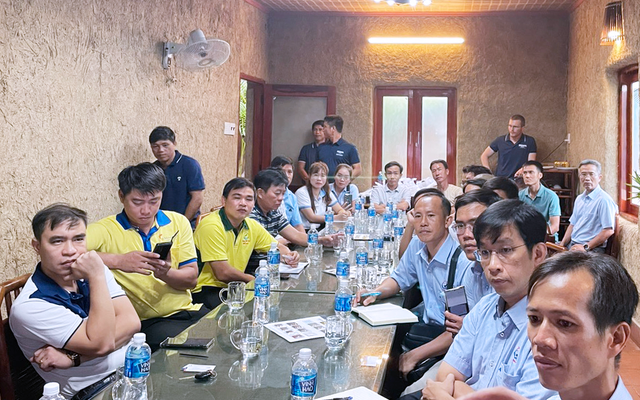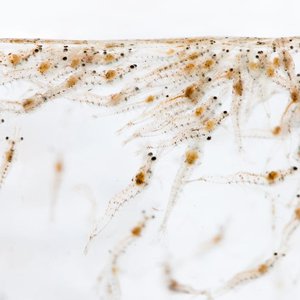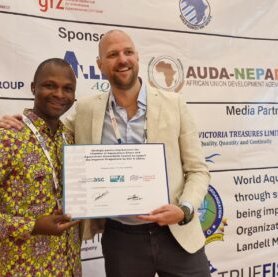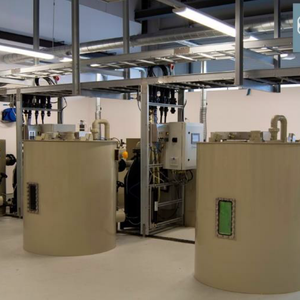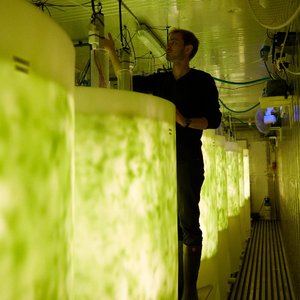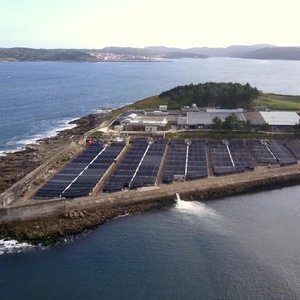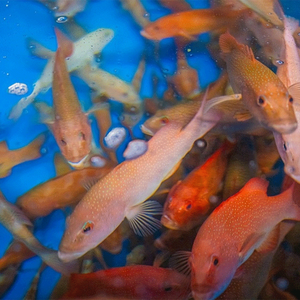Since 2015, Transparent Postlarva Disease (TPD) has caused major losses in hatcheries in Ecuador, China, and most recently, in Vietnam. In larval tanks affected by TPD larval development appears normal until larvae reach the early postlarval stages. The first symptoms typically appear between PL2-PL4 when diseased shrimp develop the characteristic symptoms of an empty gut and a colorless, translucent hepatopancreas. Mortalities will generally begin a few hours later. Mortality rates reach 80-100% within 24-48 hours.
Evidence has been presented for three different possible causes: 1) infection by a new strain(s) of Vibrio parahaemolyticus (Zou et al., ShrimpVet); 2) co-infection by a new, non-luminescent strain of V. harveyi + non-AHPND V. parahaemolyticus (Hoang); or 3) infection by a novel RNA Virus from family Marmidae, called Baishivirus (Xu et al.).
While researchers look for the cause of the disease, Zeigler recommends that hatcheries implement management practices focused on reducing the risk of introducing Vibrio into facilities. With close to four decades of experience, Zeigler’s research and development technical manager, Peter Van Wyk, advocates for the HACCP (Hazard Analysis Critical Control Points) approach involving charting process flows, recognizing risks, and initiating monitoring procedures and corrective measures.
“When developing a hatchery HACCP plan, it is very helpful to create a process flow chart and identify at each step risk factors for the introduction of pathogens. Once the risk factors have been defined, critical control points can be identified, and monitoring procedures and corrective actions can be established,” Van Wyk said.
Meeting with customers in Vietnam
Van Wyk addressed TPD and the keys to managing the disease at an exclusive meeting located in Phan Rang by providing significant insights on the issue alongside Vietnam technical sales manager, Cao Kanh Ly, who translated for non-English speakers. At the event meeting, attendees from 16 large Central Vietnam hatcheries emphasized the gravity of the TPD issue.
Van Wyk shared recommendations for mitigating the risk of introducing Vibrio into maturation and larval rearing systems by emphasizing PCR testing, the freezing of fresh feeds, and the replacement of the riskiest natural feeds with formulated diets like Zeigler's Redi-Mate and EZ Artemia Ultra, a groundbreaking liquid feed product, which is unique in its ability to deliver microencapsulated probiotics into the gut.
Van Wyk addressed the balance hatcheries must strike between feed quality and production costs. Showing the most important driver of hatchery profitability is survival, Van Wyk spoke on how high-quality feeds with superior protein efficiency improve hatchery profitability by supporting better water quality, higher survival rates, and larger, more robust postlarvae.
Zeigler remains in constant communication with customers and the top research institutions to stay up-to-date on the latest research on the etiology and management of TPD. By helping hatcheries to develop HAACP plans to improve biosecurity, and by providing probiotic and feed solutions that support higher survivals, Zeigler is committed to helping the industry overcome this latest disease challenge.
Learn more about HAACP practices and quality feed here.


